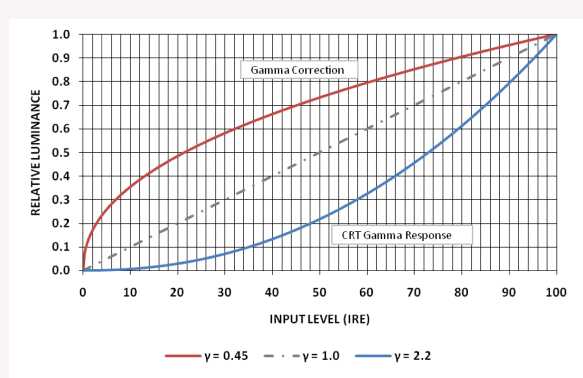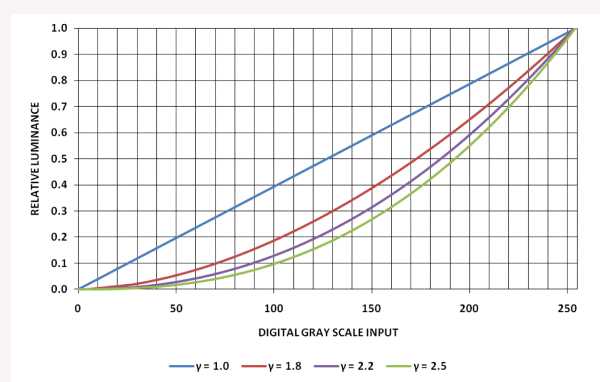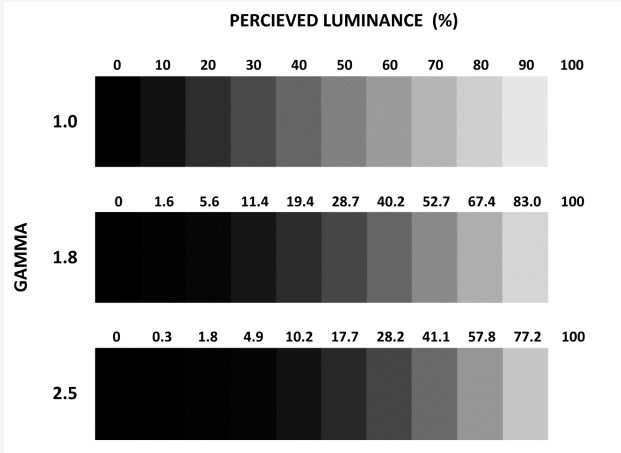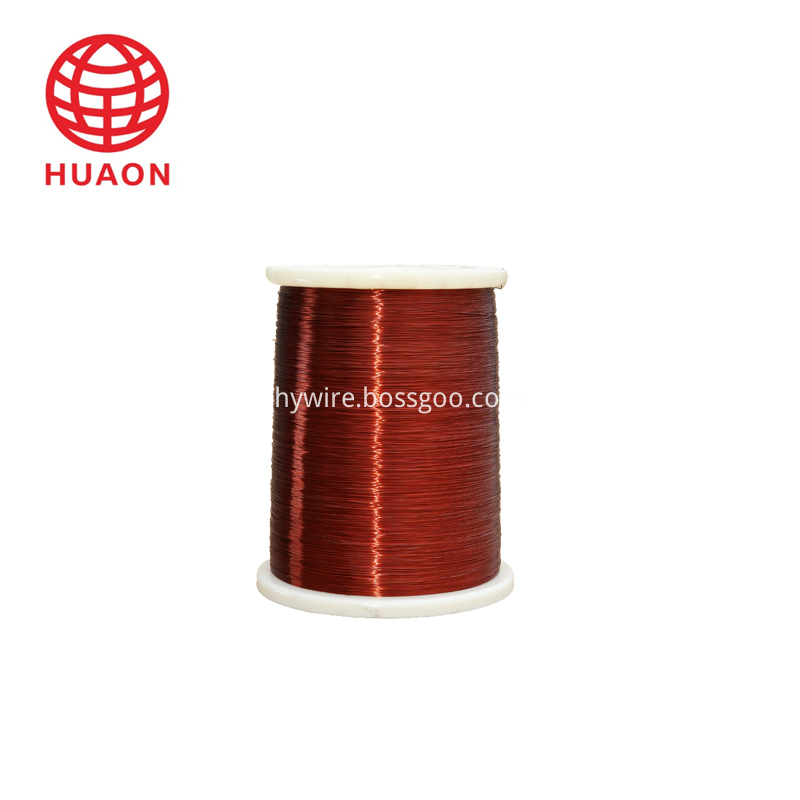Although TV manufacturers generally do not use "gamma" itself as a selling point, the term has existed since the era of cathode ray tube (CRT) television, and is still an important behind-the-scenes feature of TFT-LCD.
This article refers to the address: http://
In the case of modern LCD TVs, gamma technology takes clarity to a new level. Every LCD TV manufacturer must pay attention to gamma at some point in the development process. Otherwise, they can have the absolute best display technology in the world, but no one buys their display because they can't accurately reconstruct the image. The term "inaccurate" as used herein refers to the color performance and light intensity, which is far from the level that should be accurately restored/reconstructed from the source image.
So, what is this mysterious so-called "gamma" in television? It is not the same thing as the high-energy "gamma radiation" associated with many radioactive decays. First, we briefly discuss the meaning of gamma in the CRT television system. Then, explain how it translates to the TFT-LCD TV system, and why we should or need to understand this technology.
Gamma and CRT TV
When the CRT TV is working, the phosphorescent coating on the screen is bombarded with an electron beam. By bombarding these phosphors with corresponding electron beam scans, the image can be "drawn" on the screen. The relationship between the applied voltage of the electron gun and the intensity of the light produced by the screen is essentially non-linear, similar to the first-order power law equation (denoted as Y(x)=xa), called the CRT gamma response.
The human eye has an instinctive nonlinear sensitivity (light perception) to the light intensity, ie "brightness". The eye is most sensitive to changes in lower gray (darker) light. This natural response of the eye is very similar to the intrinsic response of the CRT. This is an unexpected, but very useful side effect that compensates for system nonlinearities by making a single correction to the source data, allowing the eye to experience consistent brightness changes.
The source data encoding must consider the CRT response and the eye's known brightness response. The camera performs gamma correction on the red, green, and blue color components (RGB) of the video signal. The video needs to be encoded in the same way that the camera system reads the brightness change similar to that read by the human eye. Since the CRT response is reversed, the perception of light intensity is linear. Gamma correction also has other advantages, such as reducing the noise of the video signal and increasing the effective resolution of the low level (the two factors are related to the consistency of the generated effect).
In a power law equation, for a given system, the brightness (simply) is equal to the applied electron gun voltage raised to a certain power. This power is the gamma coefficient (γ), which approximates the overall conversion function of the CRT. In general, a typical CRT gamma should be 2.2 to 2.5. The higher the gamma coefficient, the greater the contrast of the image and the increased depth of the dark portion (because the low resolution is increased). The smaller the gamma, the more blurred or monotonous the image (because the low resolution is degraded).
A system with a gamma response of 1.0 is considered linear, but it is not advantageous from a variety of reasons. Most critically, gamma-corrected images that feel the correct color and contrast cannot be restored.
In summary, the gamma correction compensates for the system gamma response, ensuring that (at least close to) the camera's ingested brightness is the same as that displayed on the CRT TV, allowing the eye to see the correct image effect, Figure 1.

Figure 1: Basic gamma correction and gamma response curves. (relative brightness, input level, gamma correction, CTR gamma response)
Gamma and TFT-LCD TV
In addition to displaying video images, TFT-LCD and CRT have little in common. The most notable feature is that the LCD does not use an electron gun and phosphor to generate brightness. Instead, voltage-controlled pixels are used to control the light that passes through the pixels. Such a source is in the backlight, typically a cold cathode fluorescent lamp (CCFL) or an array of light emitting diodes (LEDs). In short, the voltage transfer (V/T) curve defines the input response of the display and the brightness it produces.
Although different from CRT, TFT-LCD also uses "gamma", but the term must be redefined. In order for the LCD to illuminate the pixels, the liquid crystal (LC) pixel unit needs to have an applied voltage that enables it to transmit light and display the brightness on the screen (note that the "light source" is the LCD display backlight, typically a CCFL or LED).
The analog voltage applied to the pixel is determined by the digital-to-analog converter, which generates a digital code based on the incoming image/video data (in the case of TV video content, gamma coding was available in the CRT TV era). The relationship between the applied voltage and the transfer (V/T transfer function) is the TFT-LCD gamma response, which is nonlinear in nature, which is determined by the nature of the LC cell's transfer capability. However, this response is not necessarily the required nonlinear response we see on CRT TVs.
Therefore, LCD TV gamma often requires a very similar analog CRT gamma response. The main reasons are as follows: First, the historical reason, because all the original video is corrected by CRT gamma. The second is to use the instinctive response of the human eye (brightness). Of course, the inherent gamma response of LCDs is not always the same, as display technology and manufacturers will change a lot. The display gamma response can be changed by the manufacturer, who can select a specific gamma response based on the visual performance required by the final system, Figure 2.
 Figure 2: Various system gamma response curves (relative brightness, input level, digital grayscale input)
Figure 2: Various system gamma response curves (relative brightness, input level, digital grayscale input) Digital video data (often in the form of LVDS) must be converted using a digital-to-analog converter (DAC) to generate an analog voltage for the pixel. Gamma uses a piecewise nonlinear DAC in the display source/column driver for coarse correction (intentionally making it non-linear). The source driver DAC determines how many different step voltages can be applied to the pixel (eg, an 8-bit DAC generates 28 or 256 levels of gray). The change in grayscale brightness perceived by each step voltage is related to the display gamma response (V/T curve) and eye response, Figure 3.

Figure 3: Gamma response related brightness change comparison (gamma, perceived brightness)
If the brightness change only allows a linear relationship with the code change, the system needs more resolution bits (such as 12 or 14 bits instead of 8 bits) to achieve the desired low brightness sensitivity, making the eye feel unfeelable Different variations between code across the entire range (maintaining uniformity of variation). In fact, this is another advantage of using gamma correction, which can use less bits to encode video data "the most easily perceived by the eye" in a way that "compresses" low-level luminance data without affecting the high level. Brightness data because you can't see small changes in it. This can also be used as a way to reduce the noise of video signals caused by small errors that are not recognized in digital codes.
To change the display gamma response to the desired V/T function, the display source driver DAC can employ various reference voltages at multiple input points. These voltages cause the DAC to reach some desired non-linear operating condition. The reference voltage is often provided in a "gamma buffer" IC, typically a buffer amplifier that drives the analog input voltage at the DAC input point. The gamma buffer IC can be either static or programmable.
Intersil's EL5411/20T op amps, EL5421T buffers, and EL5x26 I2C programmable gamma buffer families are among these IC devices. These devices provide a precise and stable DC reference voltage for TFT-LCD source drivers. See Figure 4 for a simplified system block diagram of the TFT-LCD display.
Because of the ability to control the DAC input point, LCD TV manufacturers can fine tune the voltage to further adjust/calibrate the display's nonlinear gamma response, called gamma calibration. For example, with this feature, TV manufacturers can guarantee the same gamma response between all their TV models of a certain model. This means that potential visual effects errors caused by factors such as LCD assembly and manufacturing variations can be minimized, enabling TV manufacturers to produce more consistent products. Thereby ensuring that the TV purchased by the consumer can see the same visual effect displayed at the local dealer store at home.
(Often there are cases where a store "plays" a TV has a special "shop" effect. This mode displays a picture with maximum contrast and extremely saturated colors, attracting consumers with crisp colors and brightness. This setting is generally not used in a home environment.)
TV manufacturers finally decide how to calibrate the gamma response (such as γ = 2.2, γ = 2.0, γ = 1.8, or even combine gamma, changing the gamma according to the brightness to be achieved) to make their display achieve some visual effect. It is worth noting that the gamma characteristics vary with the range of viewing angles and different lighting conditions. Therefore, when purchasing a new TV, comparing different TVs under similar conditions, a large comparison between the display and the display is a good way to make a selection.
Gamma and TV settings
Traditionally, CRT TVs (and a large number of devices that are not such names) have "brightness" controls that change the black level, as well as "contrast" or "image" controls to change the maximum white level. The gamma of the TV determines the response inside these endpoints. Ideally, these TV settings should be completely independent of gamma, and once the maximum white level is fixed, any change in black level will change the gamma curve (the shape change) from the opposite direction.
This means that the gamma coefficient has changed and the gamma response of the system is now only affected by black level changes. In the case of LCDs, the endpoint levels are typically fixed by the source driver and the signal is digitally adjusted. At the same time, the LCD can change the brightness of the backlight, which adds a dimension to improving system performance.
Some TFT-LCDs and digital TVs have other settings that can be adjusted through the user control menu. These settings are similar to "gamma" adjustments (generally not quantization, but +/- gamma adjustment), dynamic contrast enhancement or blackness, selection of different image/video modes and other factory-named functions. These settings can change some or all of the TV settings, including gamma curves. For example, a gamma defined by a single coefficient in normal operating mode (eg, γ=2.2) can be changed to a curve determined by multiple gamma coefficients, thereby changing the TV brightness range response (video signal code or voltage).
At the same time, it is necessary to point out that the surrounding environment or room brightness will also affect the perceived response of the video system. Unfortunately, people don't know the exact conditions that are good for DVD movie or TV program display, and the setting function of the device, so it is difficult to set the view at home and generate accurate reproduced images. Your living room conditions are likely to be completely different from the studio and constantly changing.
For example, a dark room can reduce the feeling of blackness, because the ambient light used for reference is dark (black is not seen in dark environments). Conversely, if you turn on a bright light, the ambient light will be higher than the display brightness, and the image contrast will be degraded due to the lack of low-end detail (blackness).
In short, gamma is not necessarily easy to define, but as a consumer of high-tech products, it is best to understand the concept from a system perspective or from the shallower to the deeper. Obviously, this will be good for buying a new LCD TV, you don't have to correct the gamma. This is difficult for most people and is impossible. The TV manufacturer completed the initial hard work and set up the transfer function of the source driver DAC to give the display its required nonlinear gamma response.
However, most televisions have various user adjustment functions that can control system response to some extent, although there is much controversy about the value of a large number of user-specific gamma adjustment controls. In most cases, consumers do not directly control the TV gamma response, but this is good for fine-tuning of ordinary TV viewers.
| About Enameled Copper Wire |
Henan HuaYang Copper Group Co.,Ltd specialized in producing enameled Copper Wire for 25 years ,Products including PEW enameled copper wire, Eiw Enameled Copper Wire, EI/AIW enameled copper wire, EIW/A Enameled Copper Wire,and Enameled and glass-fiber copper wire.
According to the characteristics of motor, transformer, automotive electrical and high-speed winding machine, we have advantages in resilience, breakdown voltages and have imported machine to protect the quality of Enameled copper wire.
After 25 years of efforts, we have good reputation from foreign and domestic.

Product Feature.
Enameled
Copper Wire
Conductor
Copper
Dimension
Diameter(mm):
0.15 ~ 3.0
Thermal
Class(℃)
130(Class
B); 155(Class F); 180(Class H); 200(Class C); 220(Class C+);
Standard
IEC;
Packing
PT4
– PT200 or ply-wood spool
Application
Transformer;
motor; generator; modern instrument; welding machine and so on
About
Factory.
For quality of Enameled Copper Wire, we have imported machine and R&D. we checked every spools of products after finishing the products.


'Quality and efficiency' is our principle.
Enameled Copper Wire
Enameled Copper Wire,Enameled Magnetic Copper Wire,Rewding Enameled Copper Wire,Winding Enameled Copper Wire
HENAN HUAYANG COPPER GROUP CO.,LTD , http://www.huaonwire.com